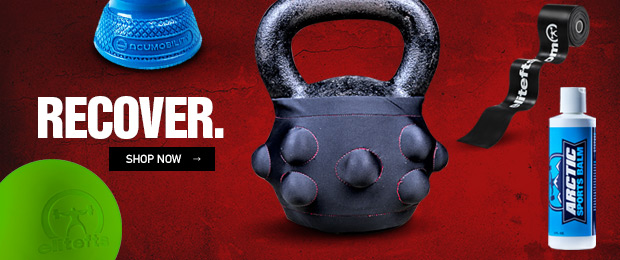
The fitness industry, like most industries, is an extension of human nature. In a lot of way’s, we are not to be blamed for playing victim to the lesser angels of our nature, as abundance and overreaching is likely a trait that allowed for the propagation of the species. But as we’ve evolved throughout history we still see glimpses of our reptilian brain creep through in our daily lives.
There no better shining example of this than the pre-workout “warm-up”.
There is a divide amongst knuckle-dragging powerlifters when it comes to the “warm-up”, there is the old guard that still thinks that “tightness” is a good thing, and that stretching if for ballerinas, makes you weak and gives you squat cancer.
Then there is an equally uninformed “new school” which are banding, flossing, and thera-gunning their way into oblivion. Taking hours on end to finally get under the bar. As the divide between these two camps seems to grow, there is an ever-emerging need for context, nuance and critical thinking.
A “warm-up” as I see it, needs to have two main components.
1) Logical Progression
2) Intuitive Integration.
Logical Progression
Remember in high school math class when you started doing equations (of course you don’t, that’s why you lift weights) – when they used to talk about “order of operations” , more specifically, using the term BEDMAS, (brackets, exponents, division, multiplication, addition, subtraction) as an acronym for how you needed to address parts of the equation in sequential order?
Warming up should be no different, subcategorizing warm-up strategies into three overarching categories.
1) Mobility
2) Self Myofascial Release
3) Stability Drills
Then thinking of how each one of these identifies a point on a spectrum of nervous system demand. Take for example a static stretch of the Glute Med, a dynamic foam roll of the ITB and a single leg RDL, and how each of these differs in demand on the nervous system. It wouldn’t make sense to put the inert, passive static stretch and the end of that series and then load a high demand barbell back squat would it?
Intuitive Integration
If you implement just one principle from all of my podcasts, articles, books, and blogs, let it be this one.
Intuitive integration of warm-up sequences that follow a logical progression could be the single most important concept that’s missing in most lifters training.
Right now, the conventional warm-up exists as a separate entity, a prelude to the workout if you will. But we should look at the warm-up like a baton pass in a relay race. Where the workout has already commenced as the warm-up comes to an end.
Let’s take the examples given before
1) Static Glute Med Stretch
2) Dynamic Foam Roll of the Iliotibial Band
3) Single-Leg RDL
Rather than just arbitrarily performing these drills in a random order for 20 minutes then going to squat, I’m suggestion integrating with logical progression into the main movement of the squat.
So it would look like this...
A1) Static Glute med Stretch – 20 seconds
A2) Dynamic Foam Roll of the Iliotibial Band- 20 seconds
A3) Single Leg RDL – 8 reps per leg
A4) Barbell Back Squat- 20 reps (empty bar)
Then followed immediately after by...
A1) Static Glute med Stretch – 20 seconds
A2) Dynamic Foam Roll of the Iliotibial Band- 20 seconds
A3) Single Leg RDL – 8 reps per leg
A4) Barbell Back Squat- 10 reps (95 lbs)
Then again…
A1) Static Glute med Stretch – 20 seconds
A2) Dynamic Foam Roll of the Iliotibial Band- 20 seconds
A3) Single Leg RDL – 8 reps per leg
A4) Barbell Back Squat- 8 reps (135 lbs)
This method allows us to do two things.
1) Appraise the effectiveness of the “warm-up” drills we are using, for the primary movement we are preparing for.
2) Allows us to streamline our approach overtime by removing potentially ineffective movements.
Just like that dreaded math equation, our workouts become a giant collection of overlapping variables, your warm-up doesn’t have to be another variable. We can standardize the approach using logical progression and intuitive integration, and take the sophisticated approach of less is more.
Mobility-Stability-Strength.
Jordan Shallow









